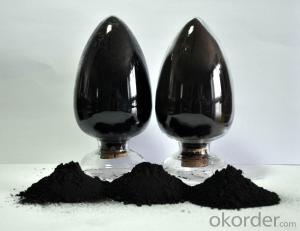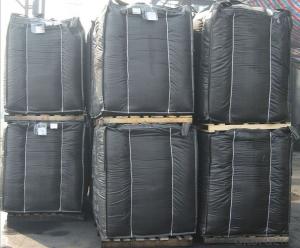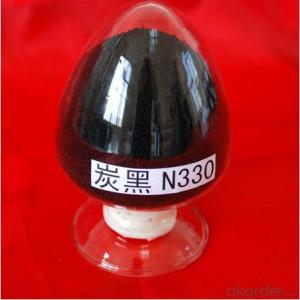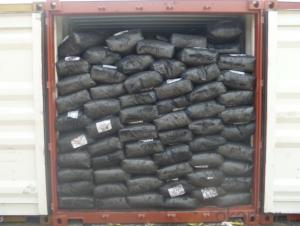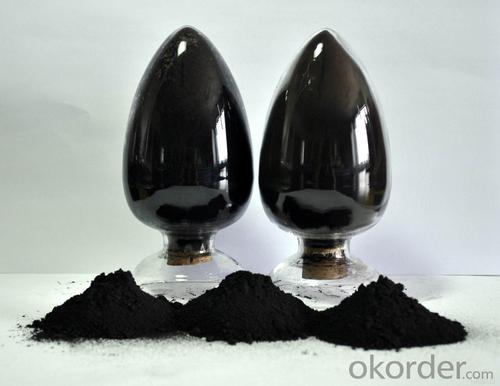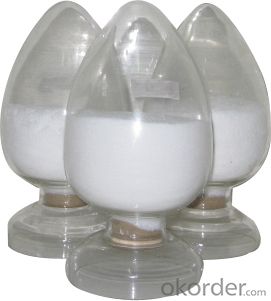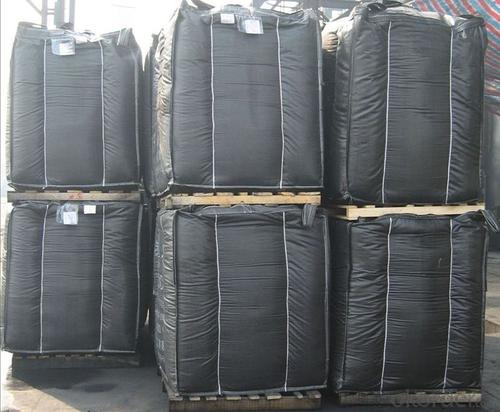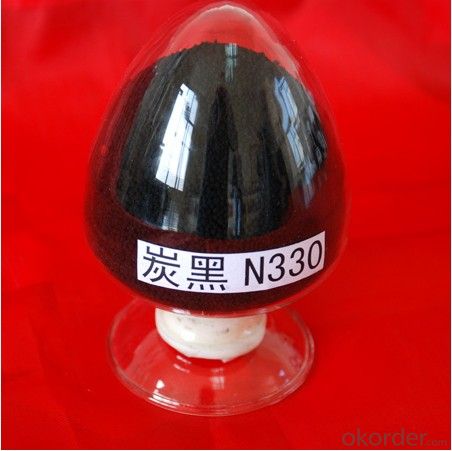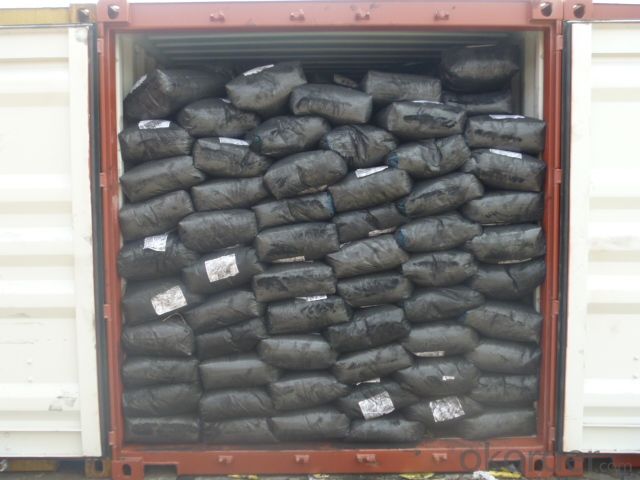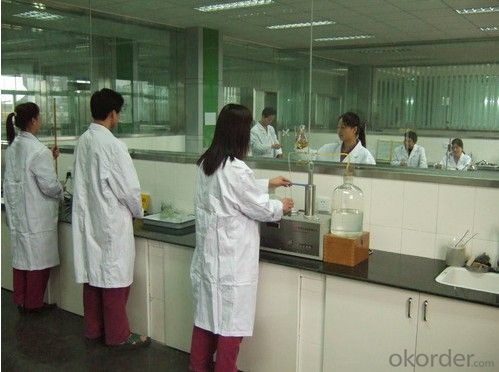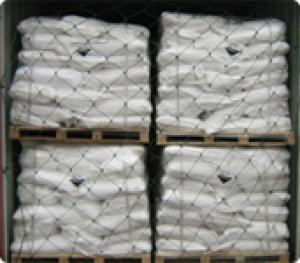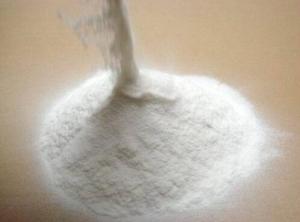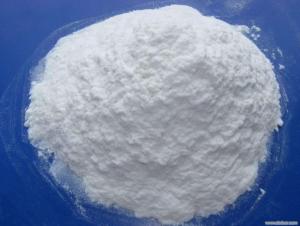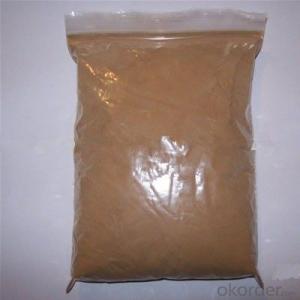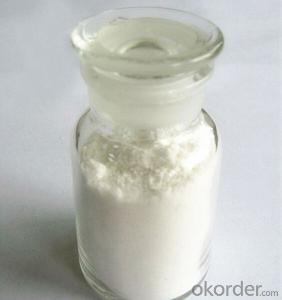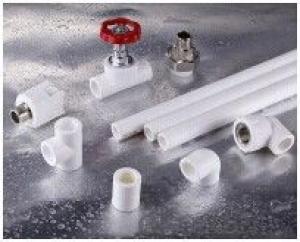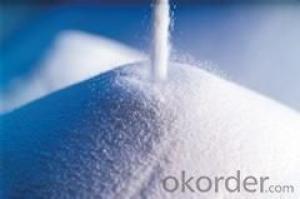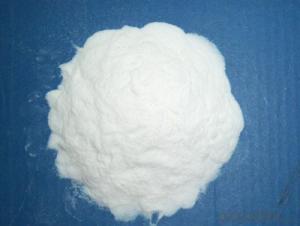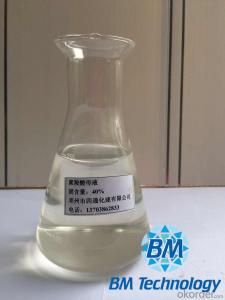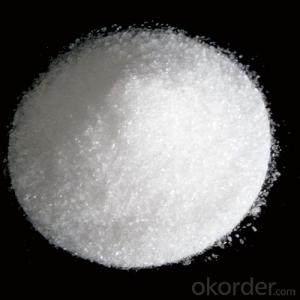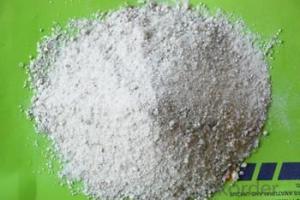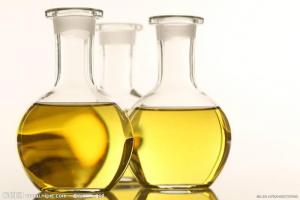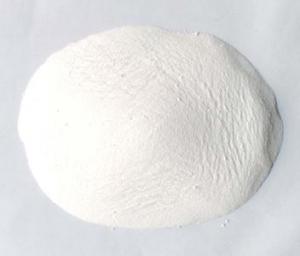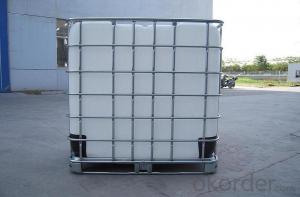Carbon Black White Carbon The Fumed Silica
- Loading Port:
- Tianjin
- Payment Terms:
- TT OR LC
- Min Order Qty:
- 12 m.t.
- Supply Capability:
- 8000 m.t./month
OKorder Service Pledge
OKorder Financial Service
You Might Also Like
The Fumed Silica
Product Description:
Fumed Silica
1.Used in tires, tire body, with beam layer and sidewall rubber and rubber products,Shoes Etc.
2.Product Status:White powder
Suggest for Use:
(1) M-150 type is a hydrophilic fumed silica and is a white powder of high purity.Applied in rubber and room temperature vulcanized rubber(TVR) rubber, adhesives and sealants, coatings and paint, etc.As the strengthening filler of the rubber,the rheological and thixotropic fluid control systems, adhesives, polymers, etc.; dustproof, anti-sagging, thickening; improve the free flow of powder and anti-caking characteristics of powder.
(2) M-200 type is a hydrophilic fumed silica and is a white powder of high purity.Applied in coatings and paints, unsaturated polyester resin, composite resin and gel coats,elastomer, particularly rubber and RTV rubber, adhesives and sealants, printing inks, cable compounds, plant protection, food and cosmetics.As the strengthening filler of the rubber,the rheological and thixotropic fluid control systems, adhesives, polymers, etc.; dustproof, anti-sagging, thickening; improve the free flow of powder and anti-caking characteristics of powder,high transparency etc.
(3) M-300 type is a hydrophilic fumed silica and is a white powder of high purity.Applied in paints and coatings, silicon rubber and other elastomers, compounds and unsaturated polyester resins, adhesives and sealants, printing inks, etc.As the strengthening filler of the rubber,the rheological and thixotropic fluid control systems, adhesives, polymers, etc.; dustproof, anti-sagging, thickening; improve the free flow of powder and anti-caking characteristics of powder.It has excellent transparency in term of unsaturated polyester resin.
(4) M-380 type is a hydrophilic fumed silica and is a white powder of high purity. Applied in paints and coatings, silicon rubber and other elastomers, cable material and unsaturated polyester resins, adhesives and sealants, printing inks, etc.It can be used as reinforcing material for elastomers; rheology and thixotropy auxiliaries; dustproof, anti-sagging, thickening; It could enhance the free flow of powder and anti-caking; It has excellent transparency in term of unsaturated polyester resin.
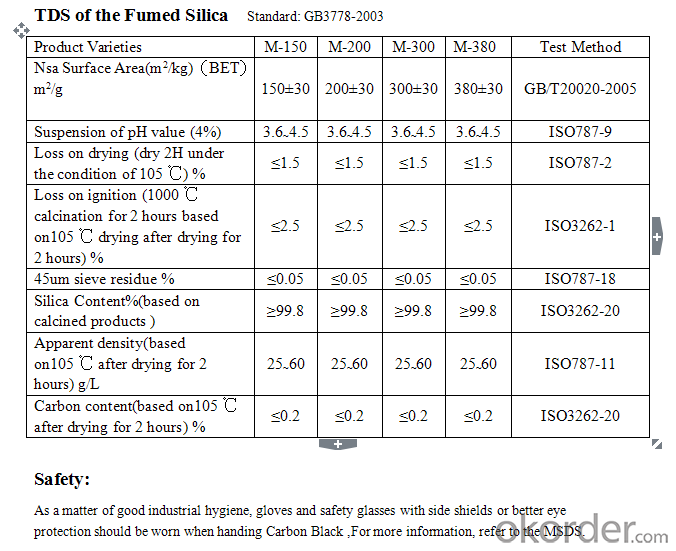
Factory Photos:
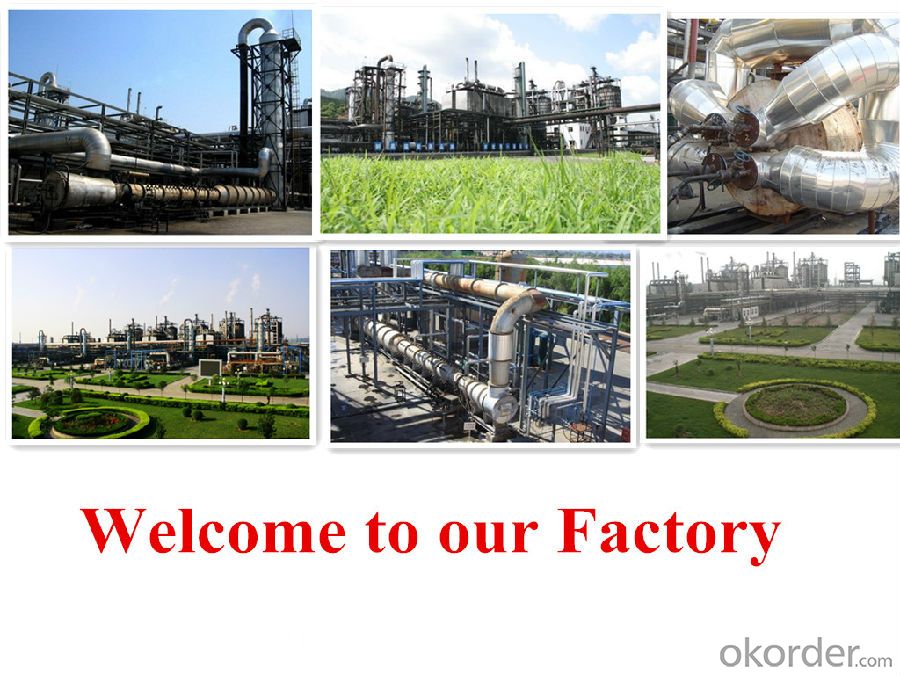
- Q: Additive function a: R → R is an increasing function .it is continus.why?
- If your notation is correct, then the range of the function is the Real Number set and is increasing. This suggests the graph of the function is smooth. As long as there are no breaks in the graph and it is smooth on its entire domain (or whatever interval you're considering) it is considered 'continuous'.
- Q: does anyone know where to get a good brand of diesel fuel additive? the kind that makes your fuel smell like grapes or strawberries or whatever? ive seen the trucks at the pulling track with those additives but i can never find a good brand online. and no stores around here sell them.
- Summit racing is the place to go. They've got quite a selection of different fragrances. Click on the link below.
- Q: Are there any additives in perfection?
- Perfect product is through the relevant state quality inspection departments have been seized, there will be no harm to the human body, and our company to obtain these certification, you can go to the relevant departments to query, certification is very important, but the conscience of the certification More important
- Q: find the additive and multiplicative inverse of 2.314?
- The additive inverse is the number with the sign changed, and will add to 0. This is -2.314 The multiplicative inverse is the number which, when multiplied by 2.314 will give you 1.000. This number is 1/2.314 -- or the reciprocal, which is 0.4322 rounded to the 4th decimal place.
- Q: I have four numbers: 9, -0.83, 3/10, and -5 1/3. I‘m supposed to use two of them to illustrate distributive property. I know how to do that, but the next step is, Give the additive inverse of one of your numbers. Then, in a separate problem, I‘m guessing, Give the multiplicative inverse of one of your numbers. I‘m really confused. What are additive and multiplicative inverses? Thanks.
- Additive inverse is also known as the opposite the additive inverse of 12 is -12 12+-120 multiplicative inverse of 12 is 1/12 12*1/121
- Q: thank you so much!
- I suppose the purposes are different. For example, Vitamen C in oolong tea(in can or PET bottle) are used for preventing tea from oxydizing.(as additives) On the other hand, supplement V.C are usually used for your health.(i.e. protect your body from oxdizing or stress.) (as supplement)
- Q: I know in 2008 they removed this claim from the package so now I am not sure. Is it still additive free tobacco in these cigarettes?
- all those tobacco companies would love it simply if everyone got hooked on ciggs , so do you theink theyd make them less or more addictive ? ofcourse theyre gonna be interested in selling very addictive ciggs !
- Q: I‘m all for vaccinations but my wife believes they cause Down syndrome and more harm then good in infants. I finally talked her into letting us give them to our future children IF I can find vaccines without any additives like Aluminum salts, or formaldehyde and what not.
- Nothing that happens after birth can cause Down's syndrome. Kids are born with it. I think what you meant was Autism. Very different. I personally am on the fence about vaccinations. I feel that some may be necessary, while others are not. The statistics are pretty alarming. as the amount of vaccines we give our children increase, the number of kids developing Autism increases. There's really no way to dispute that fact. In 1983, children received only 10 vaccinations in their lifetime. The likelihood of having a child with Autism: 1 in 10,000. Now, the amount of vaccines doctors recommend are verging on 40. The likelihood of a child having Autism today? 1 in 88. I mean, it's unlikely that vaccines are the only reason that Autism rates have skyrocketed, but I'd be hard pressed to believe that they didn't have anything to do with it at all. My mom vaccinated all of her children (including me), and we turned out fine, but keep in mind I was born in 1994. I didn't get as many. Also, I've never had a flu shot (my mom is very against them), and guess what? I've never had the flu. I have a very strong immune system. One of the worst regrets so far in my life, is being pressured into having the HPV virus vaccination Gardasil by my doctor. It was completely unnecessary for me. I'm not sexually active, promiscuous, or anything like that. So why on earth would my doctor recommend, even PRESSURE me into having this vaccine? Honestly, hospitals are a business. You are money to them, and they will force things that you don't actually need onto you for the sake of getting paid. Don't fall into the same trap.
- Q: I need to put a new quart in about every 2 months. I don‘t see any smoke at startup ordriving, and there‘s no oil stains in the driveway.
- The ONLY additive I would use is SFR. They are the ones that invented most of the technologies for additives and are not just some marketing company like lucas oil or slick 50. I used to think all additives were snake oil until I tried ProTecta Synthetic Engine Treatment from SFR. They also have an interesting article on why additives work on their blog.
- Q: How many kinds of illegal additives are there in the bread cake
- As for the name of the box you said, non-professionals can not understand is normal, but does not mean that do not understand is illegal material. For example, a lot of people do not understand the compound leavening agent, but one that baking powder know. In fact, baking powder is a compound leavening agent. Additives such as "triglyceride monostearate" is also allowed to be added in the bread, as long as not too much on the human body is harmless
Send your message to us
Carbon Black White Carbon The Fumed Silica
- Loading Port:
- Tianjin
- Payment Terms:
- TT OR LC
- Min Order Qty:
- 12 m.t.
- Supply Capability:
- 8000 m.t./month
OKorder Service Pledge
OKorder Financial Service
Similar products
Hot products
Hot Searches
Related keywords
